Physical Address
The “Other Information” page also includes a section on COVID-19, which contains three optional questions. While the first two are straightforward yes/no questions, the final question allows you 2,500 characters in which you can describe how your journey towards medical school has been impacted by the pandemic.
Celebrating 125 Years of AACOM and Osteopathic Medical Education
The 2023-2024 AACOMAS Application for Osteopathic Medical Schools is open!
AACOM Celebrates Native American Heritage Month
Honor the rich culture, traditions and accomplishments of America’s indigenous people and their descendants. This month serves as a reminder of the enduring contributions and heritage of Native Americans.
Do You Have What It Takes to Be a DO?
Are you interested in becoming a doctor of osteopathic medicine? Explore our site to learn more about schools across the country.
Save-The-Date
Registration for Educating Leaders 2024, the AACOM Annual Conference, will open in December.
New UME-GME Toolkit Available
This valuable resource addresses unmatched osteopathic medical graduates and offers recommendations to support them through the process.
What Do You Know About OMM?
Osteopathic Manipulative Medicine (OMM) is a hands-on technique vital for doctors of osteopathic medicine in caring for their patients.
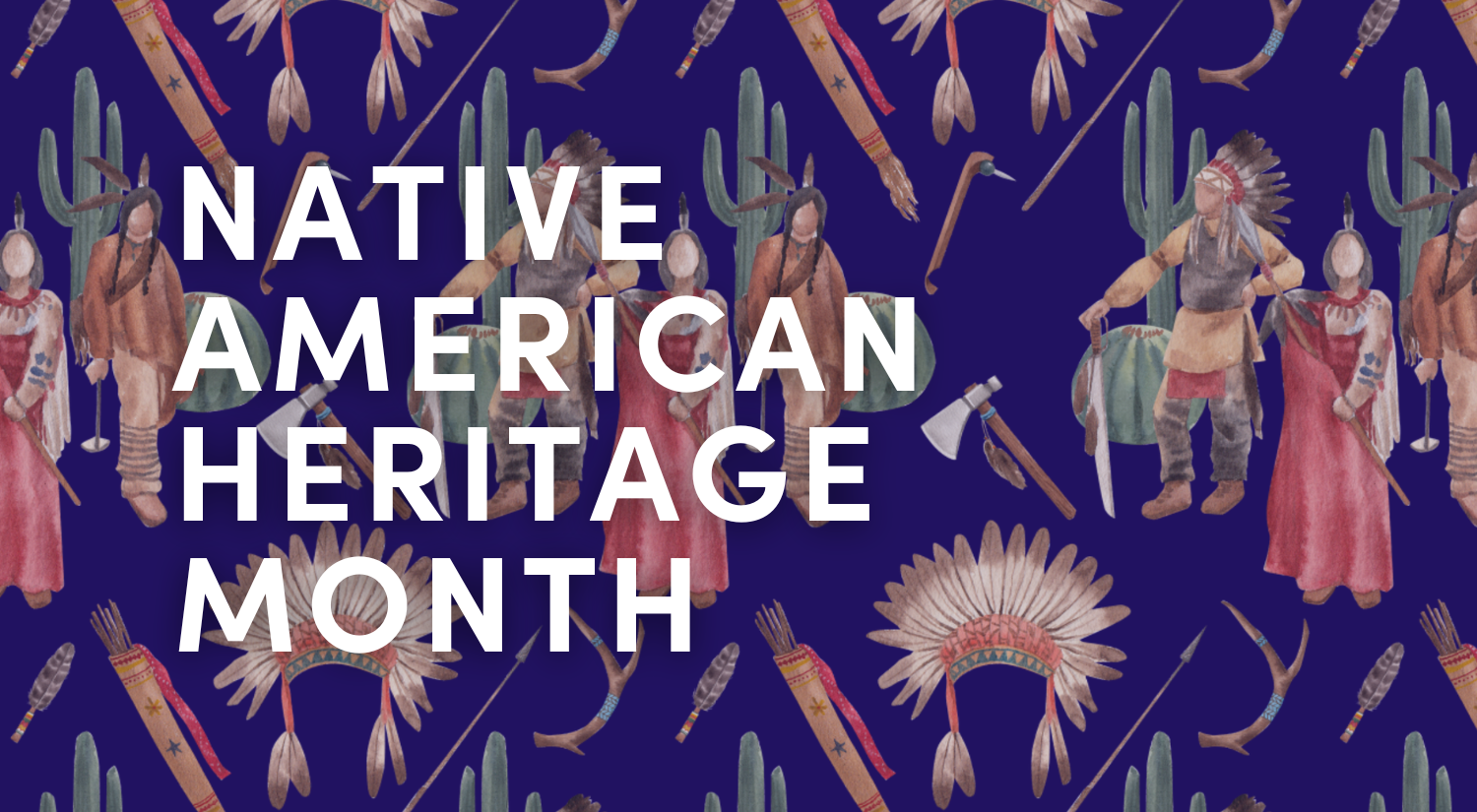


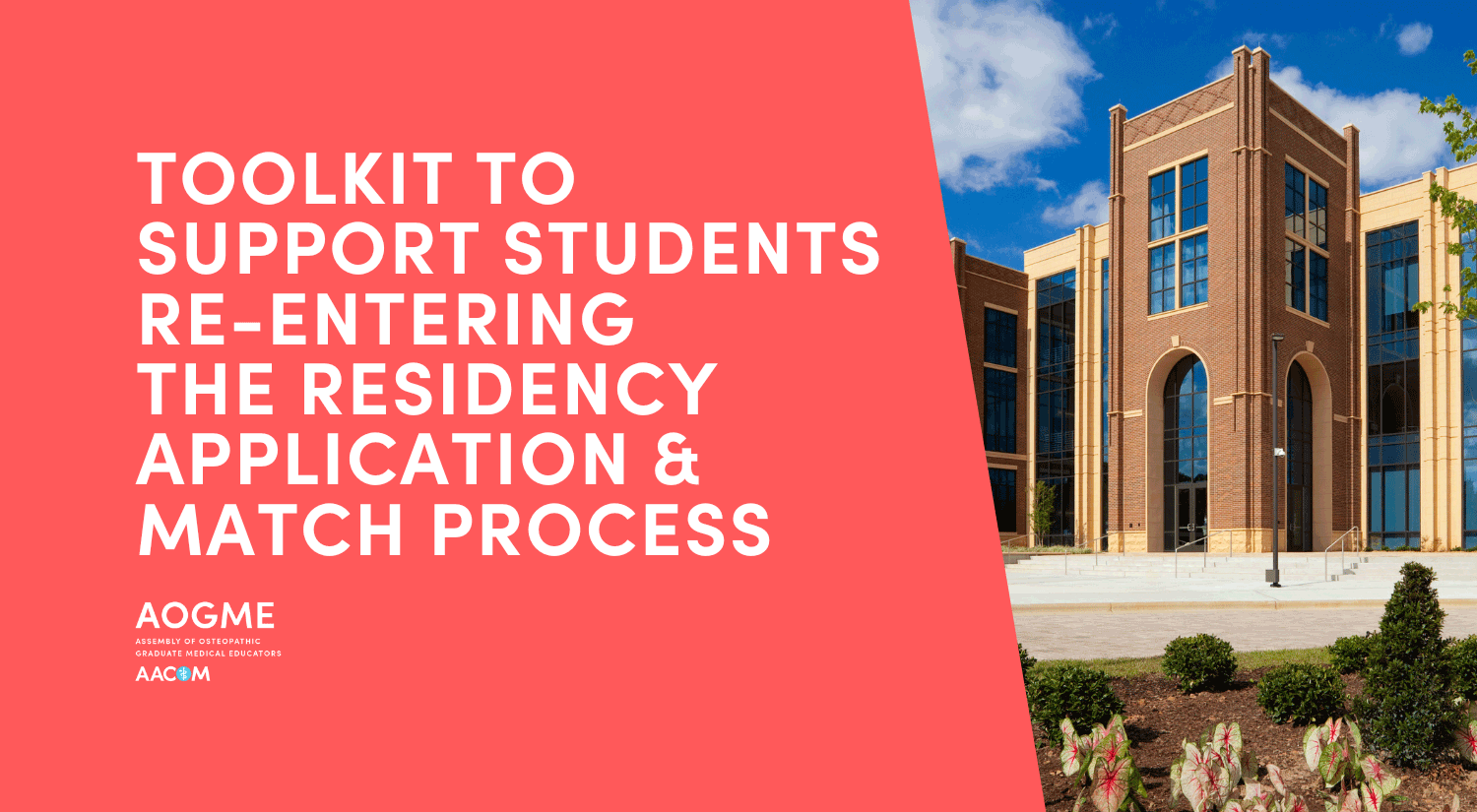
.png?sfvrsn=427799e5_1)
Did You Know?
More than 25 percent of U.S. medical students choose osteopathic medical education.
There are 41 U.S. colleges of osteopathic medicine at 66 teaching locations in 35 states.
A record 91.6 percent of DO students matched into residency programs in 48 specialties in 2023.
News

Colleges of Osteopathic Medicine Recognized for Excellence in Diversity October 27, 2023 Selected COMs exemplify outstanding commitment to diversity, equity and inclusion
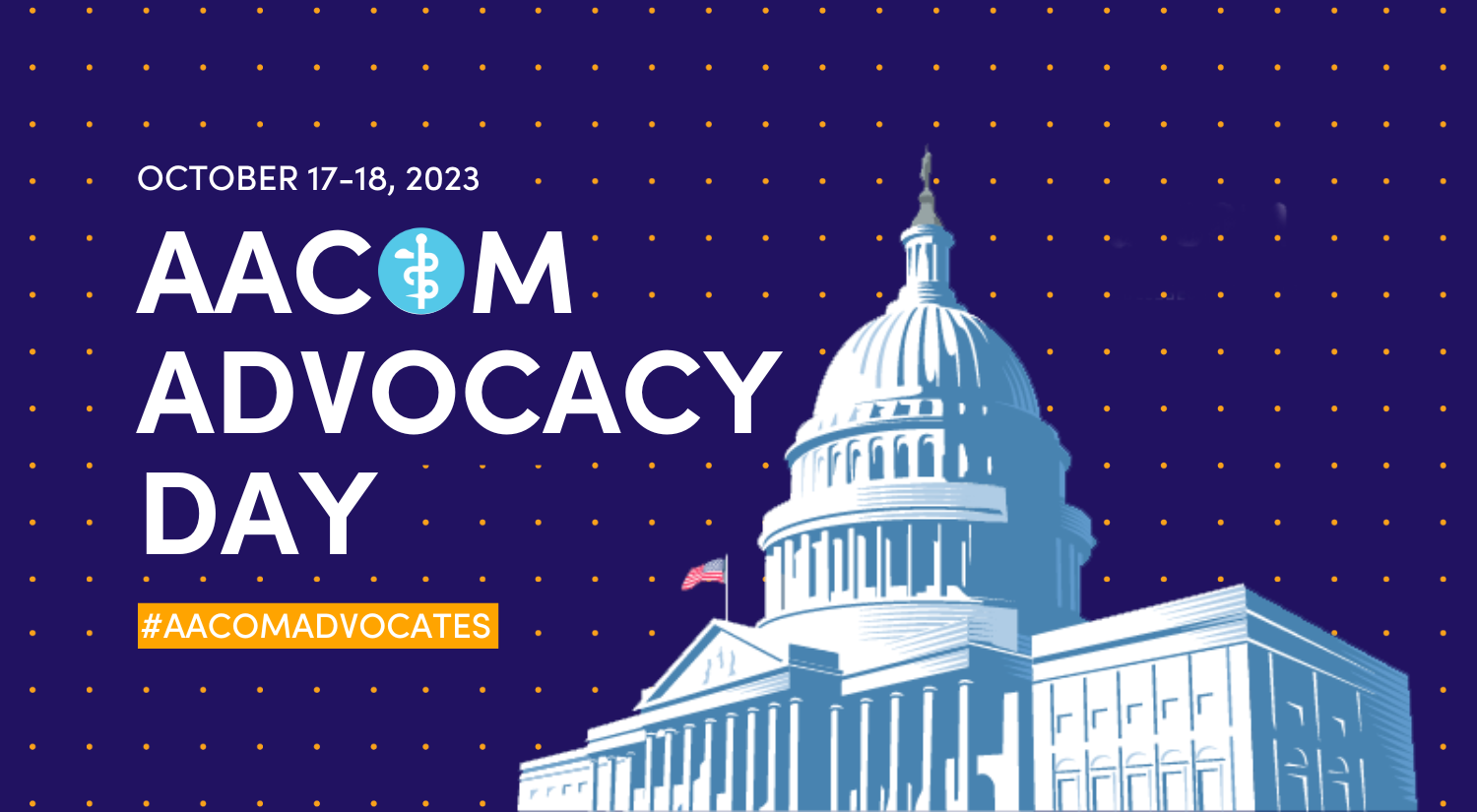
Record Number of Osteopathic Medical Education Advocates Meet with Congress on AACOM Advocacy Day October 18, 2023 More than 400 deans, faculty members, physicians, residents and students call for fairness for DOs
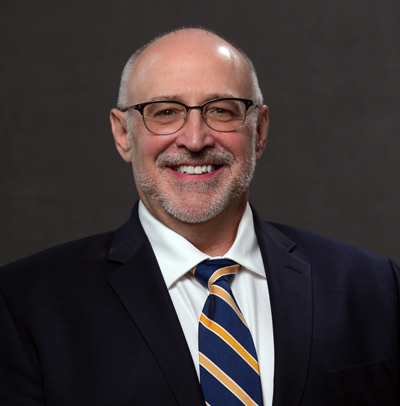
A Message from the President September 29, 2023 In an era driven by technological advancements, the legacy of Andrew Taylor Still, the visionary behind osteopathic medicine, increasingly resonates as a beacon of humanism and hands-on care.
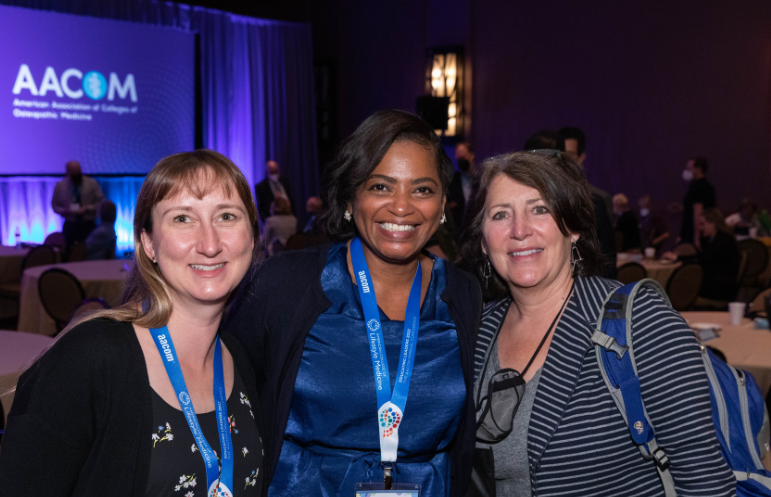
Membership Has Its Benefits
AACOM offers unique benefits for COM faculty, staff, students, residents and fellows. Discover resources to help advance your career across the osteopathic medical education continuum.
AACOMAS Application: The Ultimate Guide
A step-by-step guide to completing the AACOMAS application for osteopathic medical schools

What is AACOMAS?
If osteopathic medical schools are on your list of schools to apply to, the American Association of Colleges of Osteopathic Medicine Application Service (AACOMAS) is probably on your radar.
AACOMAS is a service run by the American Association of Colleges of Osteopathic Medicine. As a centralized application, it allows applicants to osteopathic medical schools to utilize a single site to apply to up to 35 schools. Sam Houston State University College of Osteopathic Medicine and the University of North Texas Health Science Center Texas College of Osteopathic Medicine are the only osteopathic medical schools that do not use AACOMAS (you’ll instead use TMDSAS to apply to these schools).
Osteopathic medicine differs from allopathic medicine in that graduates receive a Doctor of Osteopathic Medicine (DO) rather than a Doctor of Medicine (MD), though the training and job opportunities are largely the same. If you are curious about who should consider applying to a DO school, which schools to apply to, and how to stand out in your application, our guide to the best osteopathic medical schools and discussion of MD vs. DO will answer all of your questions.
In this guide, we will provide a step-by-step approach to filling out your AACOMAS application correctly so you can maximize your chances of getting into osteopathic medical schools.
AACOMAS registration
The first step to completing your DO application is to register for an account. Go to the AACOMAS website. On the right side of the screen, you’ll see a button labeled “Create an Account.”

After clicking on it, you will be taken to a screen where you’ll have the option to create an account. You’ll be asked for your name, contact information (email address and phone number), and to create a username and password.
Don’t forget to confirm your email! After this, you’ll be registered.
There are four core sections to the AACOMAS application: Personal Information, Academic History, Supporting Information, and Program Materials.
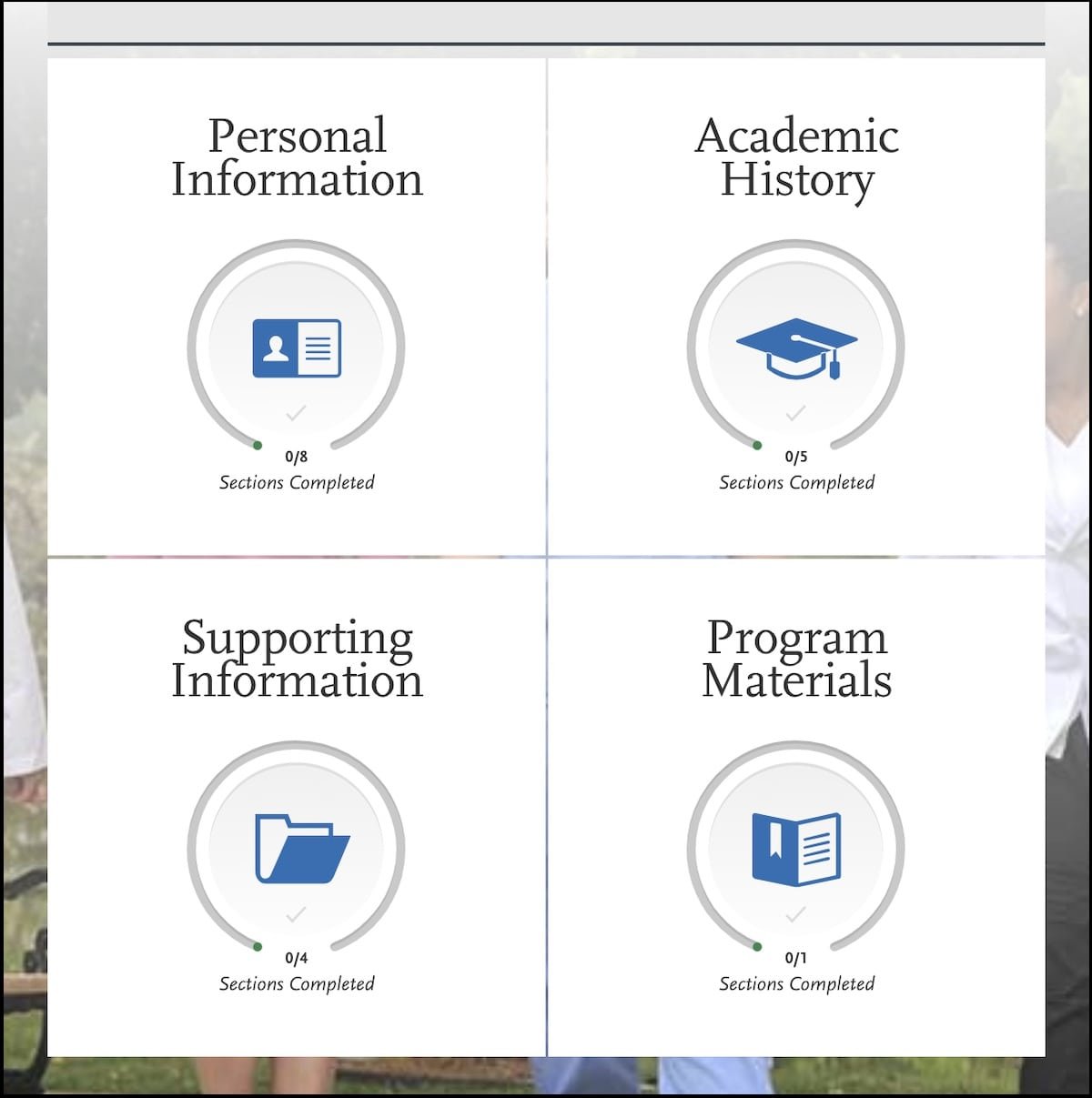
We will now take you through each section to ensure you have all the information necessary to successfully fill out your application to DO medical schools.
AACOMAS Personal Information
In the Personal Information section, you will fill out your biographical and contact information, as well as citizenship status, race/ethnicity, and parental details (including education level).
There is also a subsection for influences in which you will note any family members who are physicians. AACOMAS also asks for your specific interest in osteopathic medicine here. You’ll be presented with several checkboxes from which to choose (e.g., “Current Medical Student” or “Online/Virtual Career Fair”), including one marked “Other.”
If you choose “Other,” you’ll be given a text box in which you can explain your answer in 200 characters or less. It is important to be thoughtful about your response to demonstrate your interest to schools receiving your application.
The Personal Information section ends with an “Other Information” subsection in which you will disclose your language proficiency, military status, criminal record or academic infractions (if any meet these definitions), and income level. Should you have a military dismissal, criminal record, or academic infraction, you will be asked to write a mini essay (500 words max) about the circumstances and any repercussions you faced.
The “Other Information” page also includes a section on COVID-19, which contains three optional questions. While the first two are straightforward yes/no questions, the final question allows you 2,500 characters in which you can describe how your journey towards medical school has been impacted by the pandemic.

For in-depth advice on how to write a COVID essay, refer to our comprehensive secondary essays guide.
AACOMAS Academic History
In this second section, you will include all of the relevant information regarding your academic record and performance.
The first part of this section entails listing the high schools and colleges you attended.
Next comes the most time-consuming part of this section, transcript entry—you will need to enter all of your college coursework. While it takes a bit of time, it is as simple as copying your transcript into the electronic system. Have your transcript on hand, and input the course name, hours, and grade received into the system. Make sure to be attentive to detail, as mistakes may be difficult to correct once your application is submitted and could even contribute to delays in application processing!
You are to include all courses listed on your official transcript, including classes from which you withdrew or orientation courses that were ungraded. If this seems overwhelming or you lack the time to complete this, AACOMAS offers a Professional Transcript Entry Service. Depending on the number of transcripts you have, you can pay $69–$145 for someone to enter your coursework for you.
You can indicate interest in this service on the “Tell me more” button of the Transcript Entry page. However, you must pay for and submit your application before the service will be completed. Once completed, you will be asked to review the entries for accuracy.
AACOMAS course classification
You will enter coursework based on the term it was taken in. Completed, in-progress, and future coursework should all be inputted in the same fashion.

Course names can be abbreviated to fit the allotted space. You will then select the course subject; some courses may not fit neatly into one subject. In this case, referring to how your university classified it can be the easiest solution. However, if you are truly uncertain, AACOMAS indicates that you should “make your best guess.”
A common question from students is whether a research course should be classified as a science or non-science course within AACOMAS. The answer usually depends on whether the course is classified under one of the science departments listed below.
As far as GPA goes, the subject of each course determines how your GPA calculations will be made. AACOMAS calculates a science GPA and total GPA. The list below indicates how the subject is factored into the calculation with science (S) and non-science (NS) classifications. The total GPA will include all subjects (both S and NS), but the science GPA will include only courses denoted with an S.
- Behavioral Science (NS)
- Biochemistry (S)
- Biology/Zoology (S)
- English (NS)
- Inorganic Chemistry (S)
- Mathematics (NS)
- Organic Chemistry (S)
- Other Non-Science (NS)
- Other Science (S)
- Physics (S)
Example courses for each category can be found on the AACOMAS website. Refer to this resource if you are uncertain which course subject may best fit a certain class.
Once all courses are inputted, you will classify the course type: study abroad, advanced placement, honors, or repeated.
AACOMAS standardized tests
The final task of the Academic History section is self-reporting your standardized tests. Input all prior tests, scores, and dates. If you have an upcoming test, you should enter this information with your test ID, omitting a test score. Should this date change, be sure to go back to your AACOMAS entry and modify it to the correct date.
You will need to include your AAMC ID so that AACOMAS can pair your MCAT score with your profile. You will then visit the AAMC website directly to request that they release your scores to AACOMAS. Details regarding turnaround time will be available on the AAMC website, as scores are often released in batches.
AACOMAS transcripts
In addition to the transcript content you entered earlier, AACOMAS requires official transcripts from each post-secondary institution where you enrolled in coursework. This includes any academic institution after high school, or college coursework completed while in high school (i.e., community college credit). You must send the official transcripts (paper or electronic) directly from each institution. Visit your registrar’s office or website for more information on how to send transcripts directly.
It is prudent to wait until you have registered for an AACOMAS account before requesting to send your transcript(s) to ensure that AACOMAS can accurately match your transcript(s) with your application ID.
Once transcripts are received and verified, these cannot be updated through AACOMAS. Should you have noteworthy grades over a future semester, and you would like to update individual schools on more recent grades, you may send an update letter later in the application cycle. Some schools have areas to include grade updates embedded within the secondary application.









